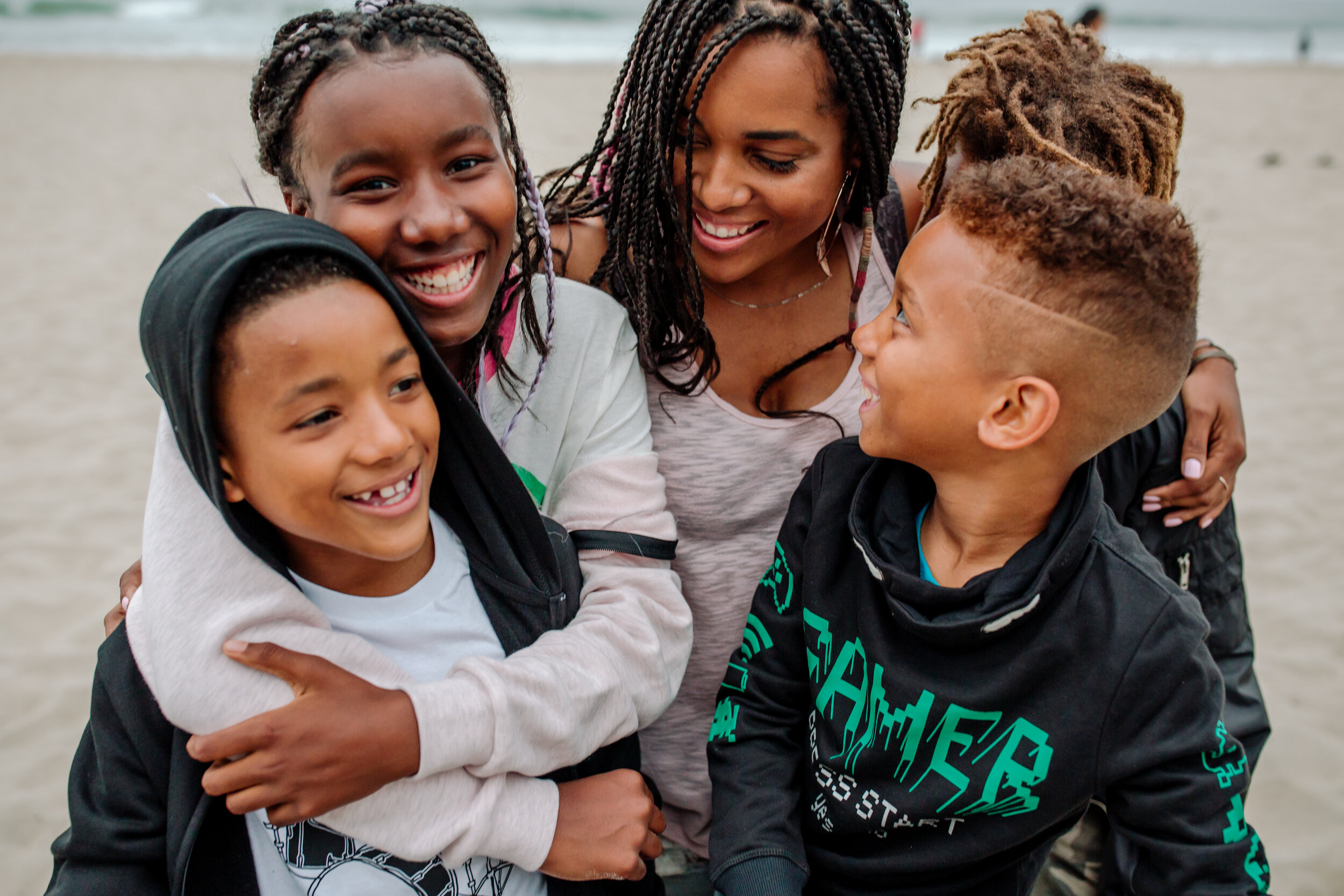What is MDFT
The Proven Family-Centered
Treatment for Youth

MDFT transforms lives through family-centered treatment for youth struggling with mental health and other challenges. It gives parents hope and tangible help and enables youth to create a positive lifestyle.
Through MDFT, youth and their family will communicate more effectively, function better day-to-day, and ultimately grow closer and stronger together.
MDFT addresses a range of youth behavior challenges including:
Substance Misuse
Mental Health
Crime & Delinquency
Antisocial & Aggressive Behaviors
School & Family Problems
Emotional Difficulties
Our Therapists Use a Unique Approach to Meet the Multidimensional Problems Youth Face
Learn more about how MDFT works
Who MDFT Serves
MDFT serves youth with a wide array of challenges between the ages of 10-26 and their families. MDFT does not exclude families with domestic violence or parents with substance misuse or mental health disorders. It broadly defines the “parent/caregiver” role to reflect the variety of family situations and dynamics.
See all the various settings MDFT is being implemented here.
A Proven & Practical Science-based Intervention
MDFT has more than 30 years of rigorous research that proves its efficacy, and the widespread adoption of MDFT demonstrates its feasibility. Today, clinicians implement and sustain MDFT programs in over 150 public and private settings throughout the U.S. and Europe. In addition to its strong research outcomes, MDFT is embraced by youth, parents, therapists, and community collaborators.
The Objectives of MDFT are to:
Reduce
Substance Misuse
Mental Health Symptoms
Aggressive Behavior
Negative Peer Relationships
Crime & Delinquency
Out of Home Placement
Enhance
School Performance
Family Functioning & Stability
Prosocial Involvement
Positive Peer Relationships
MDFT Strives to Achieve These Objectives by Promoting Change:
Within the hearts and minds of youth
In how parents relate to and influence their children
In how the family solves problems and loves one another
In the family's interactions with school, juvenile justice, and their community
